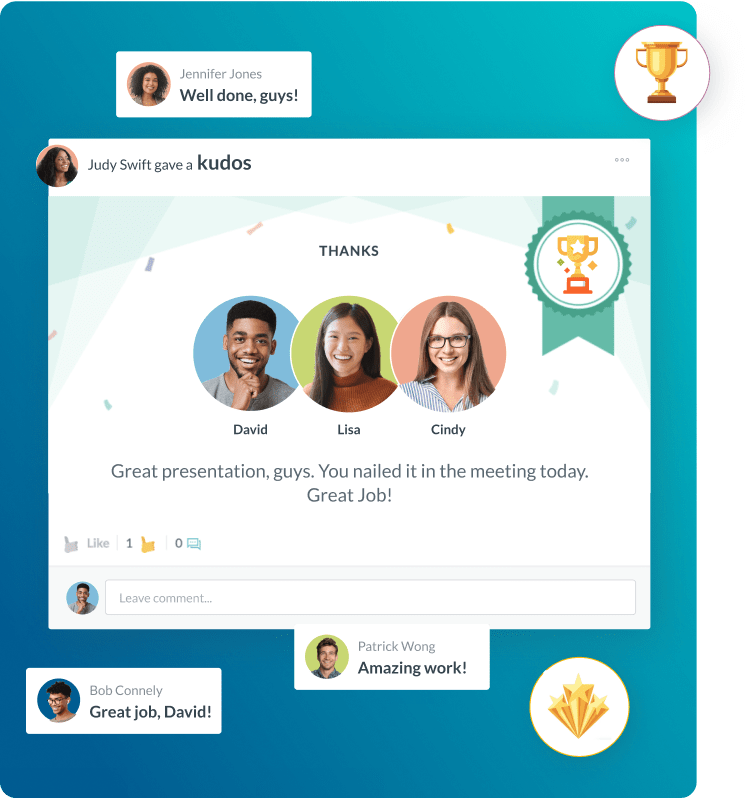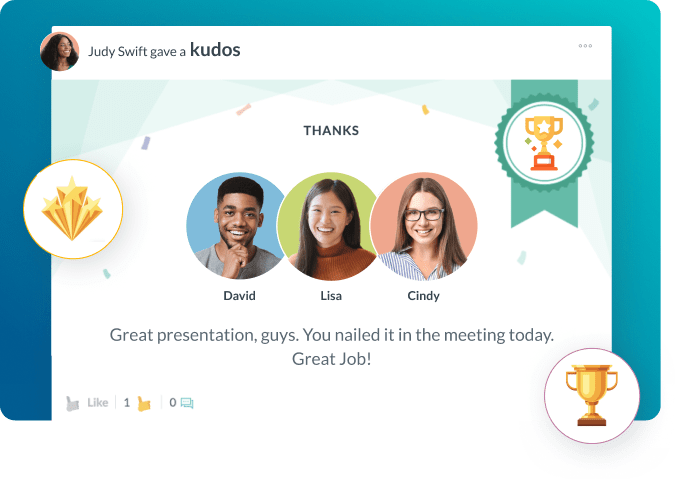Employee Incentives
- Key Takeaways for Incentive Strategy
- Comparing Monetary and Non-Monetary Employee Incentives
- Best Practices for Designing Effective Employee Incentive Plans
- Common Pitfalls to Avoid in Employee Incentive Programs
- Industry Applications of Employee Incentives
- Implementation Plan for a New Employee Incentive Program
- Future Outlook and Emerging Trends in Employee Incentives
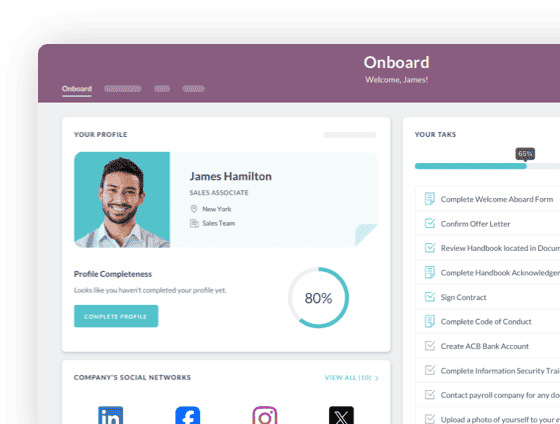
 Cut onboarding time
by 60%—here's the
Ultimate Checklist
that helped do it.
Cut onboarding time
by 60%—here's the
Ultimate Checklist
that helped do it.
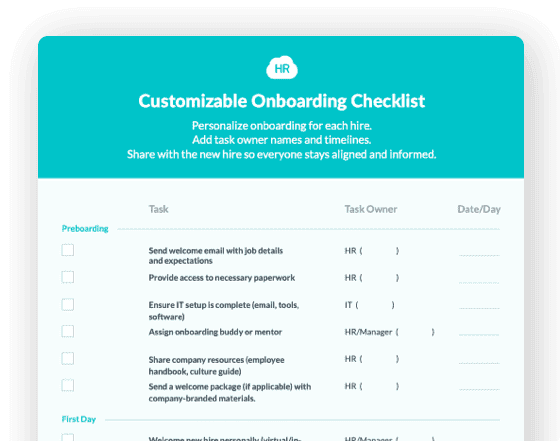
Employee incentives are planned rewards. Businesses use them to motivate staff. They encourage specific actions. They connect worker performance to company goals. These programs are more than just salary or required benefits. They are strong tools that make employees more engaged and productive. Business leaders must know how to use incentives well. This creates a high-performance culture. It drives success like higher sales, better customer satisfaction, and less staff quitting. A good incentive program is an investment. It is not just a cost. It directly helps the company's profits and competitive position.
Incentives help connect employee effort to company goals. Rewards linked to desired results focus the staff on important strategic tasks. This focus helps a company stand out when hiring. Good incentives also recognize employees. They signal that staff hard work and value are important. Companies that value their people this way often see more loyalty. This is key for long-term success. A smart incentive plan means employees who make the company win also win. To learn how a modern approach can help you streamline your rewards system, look at tools for employee appreciation and recognition software.
Key Takeaways for Incentive Strategy
These core principles should guide business leaders. They help you get the most from your workforce investment. They form the base of any successful reward plan.
Incentives are Strategic Tools:
Design them to support clear business goals. Goals might be boosting quarterly profits or improving safety. Do not treat them as simple bonuses.
The Power of Non-Monetary Rewards:
Cash is important. But non-cash rewards can be highly motivating. Examples are flexible work, training, or extra paid time off. These are often cheaper, too.
Clarity and Transparency:
Employees must understand the incentive plan. They need to know the performance goals they must hit. They need to know how rewards are calculated. Confusion quickly kills motivation.
Fairness and Equity:
The system must feel fair across all roles and departments. This keeps trust and stops bad feelings. Reward structures should match the effort and impact of the jobs.
Regular Review and Adaptation:
Business changes constantly, so your incentive program should too. You need constant feedback and checks to make sure rewards still matter and work well. You can learn how to measure your programs better by reviewing best practices for HR reporting and data analytics.
Comparing Monetary and Non-Monetary Employee Incentives
Incentives fall into two main types. Each one has its own benefits and uses. Leaders must pick the right mix for a balanced and motivating total rewards package. The table below compares the two types of incentives.
|
Feature |
Monetary Incentives (e.g., Bonuses, Commissions) |
Non-Monetary Incentives (e.g., PTO, Recognition) |
|
Primary Goal |
Link rewards directly to measurable targets, like revenue. |
Improve work-life balance, build culture, and show thanks. |
|
Impact on Employee |
Immediate, physical, financial benefit and buying power. |
Better morale, loyalty, sense of value, and career growth. |
|
Cost Structure |
Usually changes based on performance; directly hits the payroll budget. |
Often fixed or indirect costs, like scheduling coverage or program fees. |
|
Best Used For |
Sales teams, project goals, or company-wide profit sharing. |
Keeping high performance, promoting well-being, and quick recognition. |
|
Example Reward |
Annual performance bonus, commission check, stock options. |
Extra vacation days, public praise, mentorship, flexible schedule. |
Cash rewards give a clear and instant boost. They often drive short-term results. Non-monetary incentives are great for building a good company culture and long-term commitment. The best plan combines both. For example, a top employee might get a cash bonus and money for professional training. This increases both immediate happiness and future potential. This full approach covers all parts of employee motivation.
Best Practices for Designing Effective Employee Incentive Plans
A well-designed and executed plan makes the difference between poor and great results. Following proven steps greatly increases your chance of success.
Tie Incentives Directly to Strategic Goals:
Make sure every incentive plan connects to a clear business goal you can measure. If the goal is 10% more customer retention, the incentive must reward only actions that lead to that result. Avoid vague rewards for just showing up or general effort. A strong plan helps create a culture of high performance. You can read more about this in our guide on performance management for small businesses.
Make the Rules Simple and Accessible:
Too much complexity creates confusion and mistrust. All employees should easily understand the rules, payout math, and timeline. They should not need a manual. A simple system is more motivating because the reward path is clear and reachable.
Offer a Mix of Team and Individual Rewards:
Individual rewards honor personal success. Team-based incentives help people work together and feel a shared goal. Use a balanced approach. This ensures both top individual work and teamwork get rewarded. For example, a sales team might get a bonus for hitting a group quota. The team's top seller would get a separate, personal award.
Incorporate Timely Recognition:
The faster you give the reward after the achievement, the more motivating it is. Waiting until an annual review to recognize a recent success greatly weakens the reward. Use systems for real-time employee recognition and quick small rewards. This speed reinforces the right behavior exactly when it happens.
Gather Continuous Employee Feedback:
The incentive program must appeal to the people it wants to motivate. Always ask staff what rewards they value most. Ask if the current goals feel fair and possible. You ensure the program stays strong by adjusting it based on this employee input. It stops the program from becoming frustrating. According to a Gallup poll, employees whose opinions are valued are more likely to be engaged, showing why this step is vital.
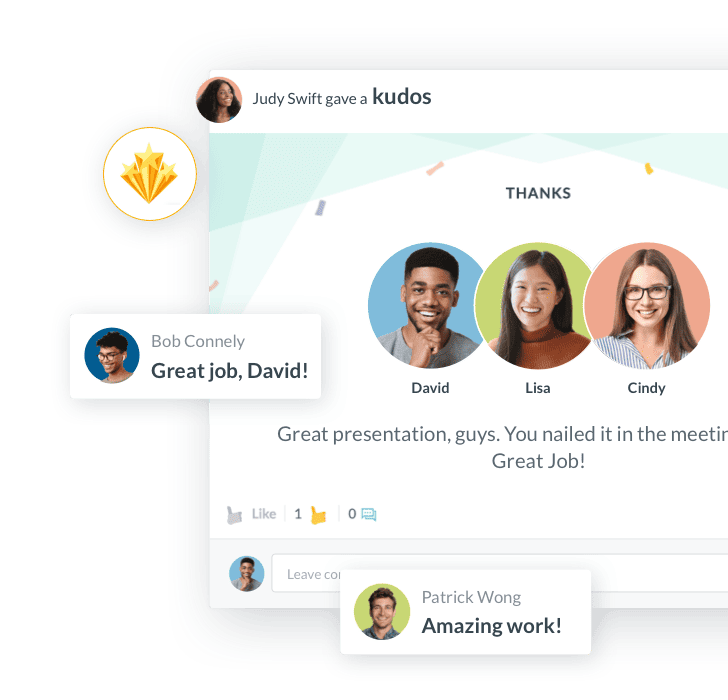
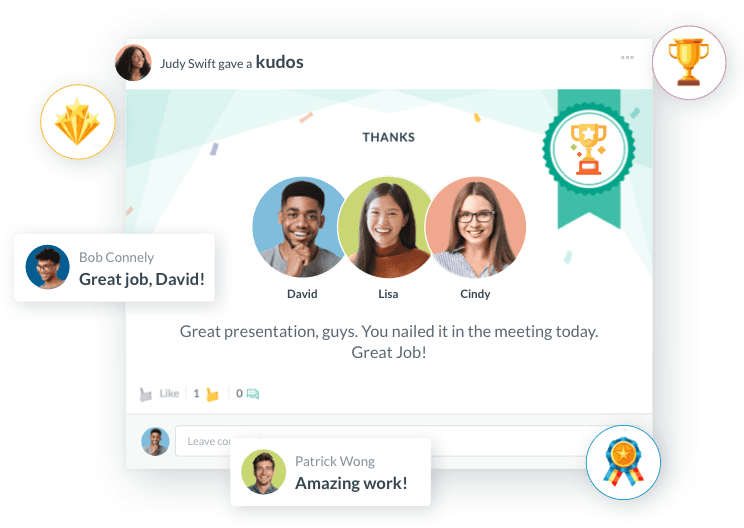
Common Pitfalls to Avoid in Employee Incentive Programs
Even good plans can fail if leaders miss key design faults. Knowing these common mistakes is crucial to creating a reliable and motivating structure.
Rewarding the Wrong Behavior:
This is the worst mistake. A poorly designed incentive may accidentally reward actions that hurt the business. For example, staff may rush easy, low-value sales just to hit a unit count quota.
Setting Unachievable Targets:
Staff will become discouraged and ignore the plan if the goal seems impossible. Targets must be hard enough to drive effort. But they must be realistic to reach with focused work. Design your programs using SMART goals principles—Specific, Measurable, Achievable, Relevant, and Time-bound.
Lack of Program Communication:
A great plan is useless if staff does not know it exists. They must know how it works and what the company is celebrating. You need a constant, multi-channel plan to keep incentives top-of-mind. It must reinforce the link between effort and reward. Businesses should use their internal communications platform to make sure everyone is informed.
Inconsistency and Favoritism:
Apply incentives the same way across the company based on the written rules. If staff suspects favoritism or that the rules change for some people, the program loses all trust fast. This leads to cynicism and staff leaving.
Ignoring the Hidden Cost of Competition:
Some competition is healthy. But do not rely too much on zero-sum individual incentives (where only one person can win). This can create a cutthroat environment. It hurts teamwork and stops people from sharing knowledge. This harms overall team performance. A balance of individual and team rewards helps lower this risk.
Industry Applications of Employee Incentives
Good incentive strategies work in every sector. But you must customize how you use them based on each industry's specific needs and goals. Here are a few examples.
Technology and Software Development
The main business goal here is often innovation, speed, and high-quality coding. Tech companies often use stock options. These tie an employee's financial future directly to the company's long-term value. A common non-cash reward is a "hackathon" bonus or a project completion bonus for finishing major features early. For example, a software firm might give an extra week of paid leave to a team that launches a complex product with no major bugs on time. This rewards both high performance and careful work. For more on managing this high-value staff, explore content on talent acquisition strategies.
Manufacturing and Operations
Key goals in this environment are efficiency, safety, and quality control. Incentives often focus on clear operational metrics. A manufacturing plant might use a quarterly Safety Bonus. Every employee gets a cash reward if the site has no accidents for 90 days. Another common reward is a Kaizen Bonus. This rewards staff for suggesting and using process changes that lead to measurable cost savings or less waste. The incentive directly supports the business goals of a lean, safe, and efficient operation.
Healthcare and Patient Services
Healthcare incentives focus on quality of care, patient satisfaction scores, and keeping skilled clinical staff. Hospitals often use quality-based bonuses. These link to patient outcome metrics. Examples are fewer readmission rates or better patient experience scores. The industry also faces chronic staff shortages. Because of this, non-cash rewards are highly valued and used. These include better budgets for specialized training and flexible scheduling. These are used to improve staff retention for nurses and other key roles. A top-tier hospital might pay generously for staff pursuing advanced degrees. This rewards the employee and raises the total quality of care.
Implementation Plan for a New Employee Incentive Program
Launching a new program needs careful planning. This ensures staff support, clarity, and success. This step-by-step process is a reliable guide for business leaders.
Define Business Objectives and Metrics:
Clearly state the program's purpose. Is it to increase sales by 15%? Reduce customer complaints by 20%? Improve retention in one department? Once the goal is clear, define the Key Performance Indicators (KPIs) you will measure. For example, the KPI for fewer complaints might be the average time it takes to solve one.
Design the Program Structure and Rewards:
Decide the mix of cash and non-cash rewards. Determine the size of the payout and who is eligible. Write down the rules and how you will calculate the rewards in detail. Test the program with different performance scenarios. Make sure the results are fair and financially sound. This stage requires understanding your compensation philosophy.
Develop Communication and Training Materials:
Create a clear and strong internal campaign to introduce the program. Hold required training for managers and staff. Make sure everyone understands the rules, the measurement process, and the possible rewards. Use various tools, like internal memos and presentations, to ensure high understanding. You can find useful resources on how to communicate changes effectively by reading about change management in HR.
Launch and Initial Monitoring:
Start the program. Closely watch the performance numbers for the first 30 to 90 days. This first phase is vital. You must find any unexpected faults or bad behavior caused by the reward rules. Be ready to answer and clarify questions right away.
Measure, Evaluate, and Refine:
After the first cycle (quarterly or yearly), check the program’s results against your Step 1 goals. Ask for feedback from managers and employees. Use the data to change goals, adjust the rewards, or modify the rules for the next cycle. An effective incentive plan needs constant maintenance and adjustment.
Future Outlook and Emerging Trends in Employee Incentives
The workplace is always changing. This is due to new technology and a greater focus on employee well-being. Incentive programs must change to stay relevant. They must also remain competitive in attracting and keeping top talent.
The future means more personalization and flexibility in rewards. Simple, one-size-fits-all bonuses are being replaced. New systems let employees choose the rewards they value most. They might choose between a cash bonus or the same value in extra paid time off. This recognizes that a young engineer might value stock options and training. But an employee with a young family might prefer better health benefits or a flexible work schedule.
Another big trend is rewarding soft skills and well-being. Teamwork and emotional intelligence are now key factors for success. Companies are beginning to reward behaviors that build a good culture. Examples are mentorship, working across departments, and joining wellness programs. For instance, a company might give a small bonus to employees who successfully mentor a new hire. Or they may offer a contribution to a health savings account for meeting fitness goals. This full approach signals that the company values the whole employee, not just their job output. You can read more about the value of creating an environment of trust and appreciation in our piece on building an employee-first culture.
Finally, data and AI will change how companies manage incentives. Advanced data analysis will let leaders measure the return on investment for every reward precisely. They will predict which incentives will best motivate certain employee groups. They will also find hidden biases in the current structure. This data-driven method moves incentive design from guesswork to a highly optimized science. This ensures every dollar spent on employee rewards gives the greatest possible business benefit. This optimization is crucial for winning the global competition for talent.
Keep Reading
From Manual to Automated: A Complete Guide to Digitizing Employee Onboarding for Large Organizations
Sarah Chen, Director of HR at a 7,000-employee healthcare organization, starts her Monday
Enterprise HR Software in 2025: Why Traditional Enterprise Platforms Fall Short and What Actually Works
Traditional enterprise human resources software systems promise comprehensive solutions
AI in Onboarding: Complete Guide for 2026
You’ve probably been hearing this multiple times a day — AI is transforming HR. But
Ready to streamline your onboarding process?
Book a demo today and see how HR Cloud can help you create an exceptional experience for your new employees.






